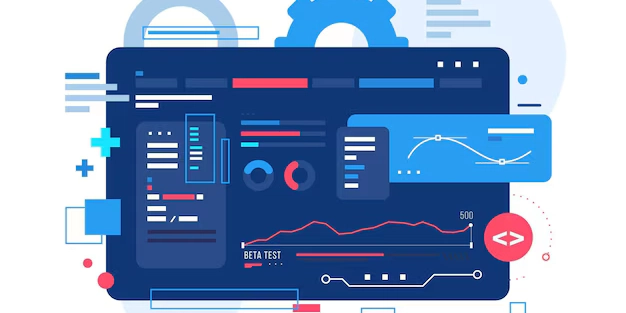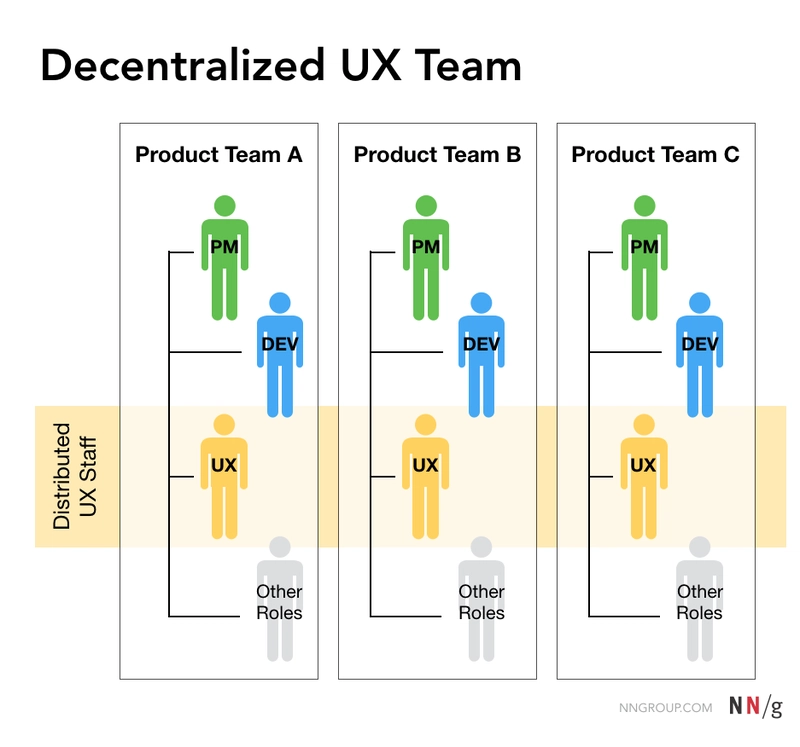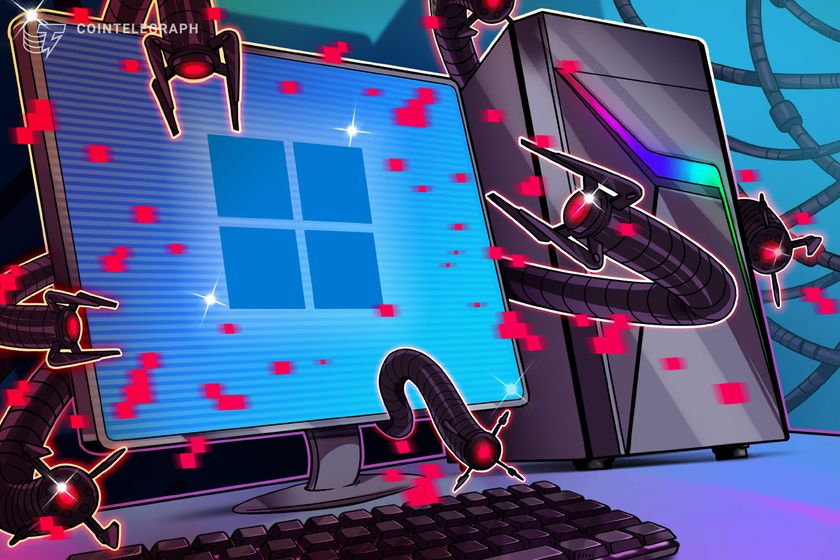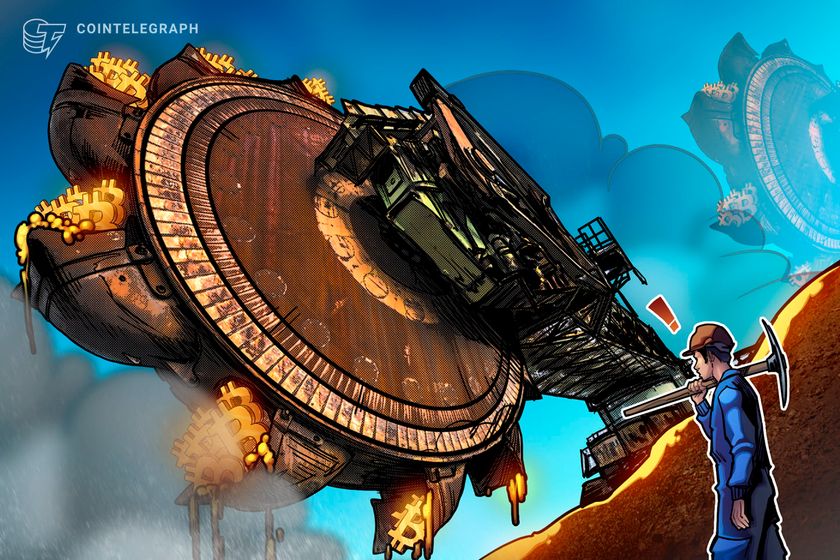Essential System Design Concepts for Beginners
Essential System Design Concepts for Beginners If you’re new to system design, this guide will introduce key concepts that help in building scalable and reliable software systems. Whether you're preparing for an interview or just want to improve your knowledge, this article will provide a solid foundation. 1️⃣ Server Basics A server is a computer that handles requests from users (clients). When you open a website, your browser sends a request to a server, which processes it and sends back the response. Example: When you search for something on Google, their servers fetch and return results to you. 2️⃣ Latency vs. Throughput Latency = Time taken to process a single request (lower is better). Throughput = Number of requests a system can handle per second (higher is better). ✅ Goal: Reduce latency and maximize throughput for a fast and efficient system. 3️⃣ Scaling: Vertical vs. Horizontal Vertical Scaling (Scaling Up) → Add more power (CPU, RAM) to a single server. Horizontal Scaling (Scaling Out) → Add more servers to handle more users. ✅ Example: YouTube scales horizontally by adding more servers to handle millions of videos. 4️⃣ Database Indexing & Partitioning Indexing: Improves query speed by organizing data efficiently (like an index in a book). Partitioning: Splits large databases into smaller pieces for faster access. ✅ Example: A bank may partition data by region to speed up account lookups. 5️⃣** Master-Slave Architecture & Sharding** Master-Slave: One master database handles writes, multiple slaves handle reads (good for read-heavy systems). Sharding: Splits data across multiple databases to balance load and improve performance. ✅ Example: Instagram uses sharding to store user data efficiently. 6️⃣ SQL vs. NoSQL Databases SQL (Structured Query Language): Uses tables and is best for structured data (e.g., MySQL, PostgreSQL). NoSQL (Not Only SQL): Handles unstructured data, scalable (e.g., MongoDB, Cassandra). ✅ Choosing the right database depends on the use case. 7️⃣ Microservices Instead of having one big application (monolith), microservices break it into smaller, independent services. ✅ Example: In an e-commerce site, one microservice handles payments, another manages orders, another tracks inventory. 8️⃣ Load Balancing Distributes traffic across multiple servers to prevent overload and ensure high availability. ✅ Example: Amazon Web Services (AWS) uses load balancers to handle millions of users at the same time. 9️⃣ Caching Stores frequently accessed data in memory to speed up responses and reduce database load. ✅ Example: Netflix caches movie recommendations so they load instantly.

Essential System Design Concepts for Beginners
If you’re new to system design, this guide will introduce key concepts that help in building scalable and reliable software systems. Whether you're preparing for an interview or just want to improve your knowledge, this article will provide a solid foundation.
1️⃣ Server Basics
A server is a computer that handles requests from users (clients). When you open a website, your browser sends a request to a server, which processes it and sends back the response.
Example: When you search for something on Google, their servers fetch and return results to you.
2️⃣ Latency vs. Throughput
Latency = Time taken to process a single request (lower is better).
Throughput = Number of requests a system can handle per second (higher is better).
✅ Goal: Reduce latency and maximize throughput for a fast and efficient system.
3️⃣ Scaling: Vertical vs. Horizontal
Vertical Scaling (Scaling Up) → Add more power (CPU, RAM) to a single server.
Horizontal Scaling (Scaling Out) → Add more servers to handle more users.
✅ Example: YouTube scales horizontally by adding more servers to handle millions of videos.
4️⃣ Database Indexing & Partitioning
Indexing: Improves query speed by organizing data efficiently (like an index in a book).
Partitioning: Splits large databases into smaller pieces for faster access.
✅ Example: A bank may partition data by region to speed up account lookups.
5️⃣** Master-Slave Architecture & Sharding**
Master-Slave: One master database handles writes, multiple slaves handle reads (good for read-heavy systems).
Sharding: Splits data across multiple databases to balance load and improve performance.
✅ Example: Instagram uses sharding to store user data efficiently.
6️⃣ SQL vs. NoSQL Databases
SQL (Structured Query Language): Uses tables and is best for structured data (e.g., MySQL, PostgreSQL).
NoSQL (Not Only SQL): Handles unstructured data, scalable (e.g., MongoDB, Cassandra).
✅ Choosing the right database depends on the use case.
7️⃣ Microservices
Instead of having one big application (monolith), microservices break it into smaller, independent services.
✅ Example: In an e-commerce site, one microservice handles payments, another manages orders, another tracks inventory.
8️⃣ Load Balancing
Distributes traffic across multiple servers to prevent overload and ensure high availability.
✅ Example: Amazon Web Services (AWS) uses load balancers to handle millions of users at the same time.
9️⃣ Caching
Stores frequently accessed data in memory to speed up responses and reduce database load.
✅ Example: Netflix caches movie recommendations so they load instantly.









































































































































































![[The AI Show Episode 143]: ChatGPT Revenue Surge, New AGI Timelines, Amazon’s AI Agent, Claude for Education, Model Context Protocol & LLMs Pass the Turing Test](https://www.marketingaiinstitute.com/hubfs/ep%20143%20cover.png)
































































































































![From drop-out to software architect with Jason Lengstorf [Podcast #167]](https://cdn.hashnode.com/res/hashnode/image/upload/v1743796461357/f3d19cd7-e6f5-4d7c-8bfc-eb974bc8da68.png?#)








































































































.jpg?#)
































_ArtemisDiana_Alamy.jpg?#)


 (1).webp?#)








































































-xl.jpg)












![Yes, the Gemini icon is now bigger and brighter on Android [U]](https://i0.wp.com/9to5google.com/wp-content/uploads/sites/4/2025/02/Gemini-on-Galaxy-S25.jpg?resize=1200%2C628&quality=82&strip=all&ssl=1)









![Apple Rushes Five Planes of iPhones to US Ahead of New Tariffs [Report]](https://www.iclarified.com/images/news/96967/96967/96967-640.jpg)
![Apple Vision Pro 2 Allegedly in Production Ahead of 2025 Launch [Rumor]](https://www.iclarified.com/images/news/96965/96965/96965-640.jpg)





































































































































